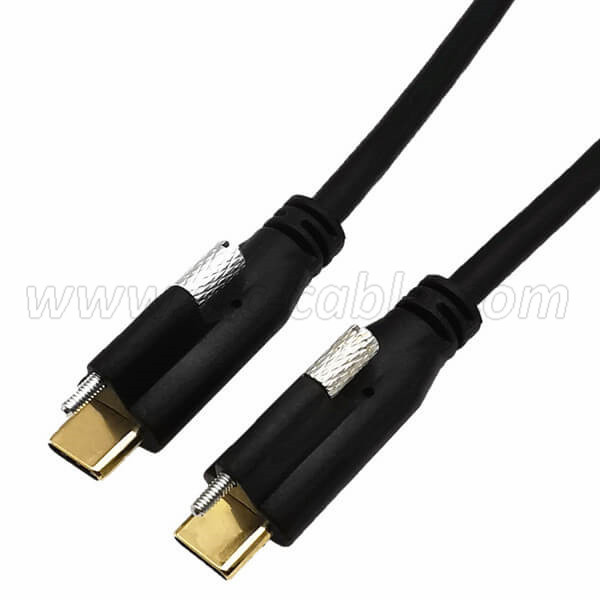What is the difference between USB 3.0 and 3.1 cable?
Let’s dive into the differences between USB 3.0 and USB 3.1 cables:
1. Transfer Speed:
USB 3.0 (also known as USB 3.1 Gen 1) offers a maximum transfer speed of 5 Gbps (gigabits per second). In real-world terms, this translates to around 500 MB/s.
USB 3.1 Gen 2 provides faster speeds, with a maximum transfer rate of 10 Gbps (gigabits per second).
2. Naming Confusion:
The USB Implementers Forum renamed USB connections when USB 3.2 was introduced. Now, USB 3.0, 3.1, and 3.2 are all referred to as USB 3.2.
Manufacturers describe their USB products based on speed: SuperSpeed USB 5 Gbps (formerly USB 3.0), SuperSpeed USB 10 Gbps (formerly USB 3.1 Gen 2), and SuperSpeed USB 20 Gbps (formerly USB 3.2 Gen 2x2).
3. Compatibility:
USB 3.0 and 3.1 Gen 1 cables are essentially the same, both operating at 5 Gbps.
USB 3.1 Gen 2 cables offer the higher 10 Gbps speed.
Remember that USB cables must match the port they connect to (e.g., USB-A cables for USB-A ports).
In summary, if you need faster data transfer, opt for USB 3.1 Gen 2. Otherwise, USB 3.0 (Gen 1) remains cost-effective and compatible.
Does USB 3.1 need a special cable?
No, USB 3.1 doesn’t require a special cable. You can use the same USB-A or USB-C cables that are compatible with USB 3.0 (USB 3.1 Gen 1). Just ensure that the cable matches the port type (USB-A to USB-A or USB-C to USB-C) for optimal performance.
What's the maximum power delivery (PD) supported by USB-C cables?
USB Power Delivery (PD) has evolved significantly. Let’s break it down:
1. Older USB-C PD:
USB-C initially supported up to 100W of power using the Power Delivery 2.0 specification.
This allowed laptops, monitors, and other devices to charge via USB-C.
2. Recent Update (USB PD Revision 3.1):
Announced in 2021, USB PD Revision 3.1 enables delivering up to 240W of power over full-featured USB Type-C cables and connectors.
Prior to this update, USB PD was limited to 100W using a solution based on 20V and USB Type-C cables rated at 5A.
3. Universal Charging Vision:
USB PD aims to reduce clutter, waste, and compatibility issues.
It allows devices to negotiate power usage dynamically, preventing voltages above the cable’s capacity.
In summary, USB-C cables can now handle up to 240W, making them versatile for high-power devices!
How does USB PD affect fast charging for smartphones?
USB Power Delivery (PD) significantly impacts fast charging for smartphones. Here’s how:
1. Faster Charging Speeds:
USB PD allows higher power delivery, enabling faster charging.
Smartphones with USB-C ports can benefit from PD chargers that deliver more wattage (e.g., 18W, 30W, or higher).
This means quicker top-ups for your phone battery.
2. Dynamic Voltage and Current Negotiation:
USB PD negotiates voltage and current levels between the charger and the device.
The charger adjusts the power output based on the phone’s requirements.
Phones can draw more power during low battery levels and reduce it as the battery fills up.
3. Compatibility and Interoperability:
USB PD is a universal standard, so you can use the same charger for multiple devices (laptops, tablets, and phones).
It’s not limited to specific brands or proprietary technologies.
4. Safety and Heat Management:
USB PD ensures safe charging by preventing overvoltage or overheating.
Smartphones monitor temperature and adjust charging speeds accordingly.
In summary, USB PD enhances smartphone charging by providing flexibility, speed, and safety!
Send your message to us:
Post time: Jun-18-2024
